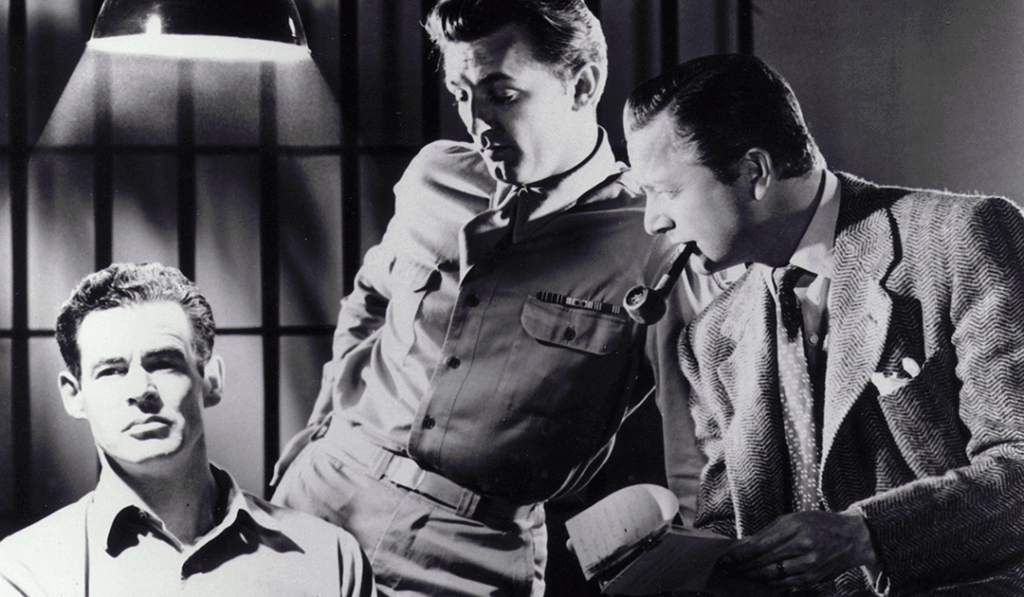In one of my prior roles, I participated in a loss review on a $200 million opportunity. The client executive said the reason why our company didn’t get the deal was what we were trying to sell was not what the client was looking to buy. “You were selling a product and we wanted a service,” she said. “You over-engineered.”
As the team sat around and licked its wounds, we all asked the same question, “How did we miss that?”
Part of the reason was we were so enamored with the solution we developed that we didn’t hear the signals from the client that our proposal did not meet its needs. We confused their objections and their questions such as, “So how would this help…?” with a lack of understanding of the brilliance of what we had developed.
Yes, it was brilliant; but it was not what they wanted to buy.
And this is one of the fascinating challenges that makes a successful sale so interesting and, frankly, fun, like working through a puzzle. Social psychology has taught us that people like to buy. But they don’t like to be sold to. All of the greatest sales techniques are ineffective against an unwilling buyer. Sure, someone may be such a great salesperson they can sell ice to Alaskans, but that will be the last sale they make to those customers. (See, https://theworldsgreatestnegotiator.com/you-can-only-sell-ice-to-alaskans-once/)
Don’t sell your need; solve for their need.
Listen carefully. The client is always providing data about what they need which, by the way, is often different from what they say they “want.” Ask clarifying questions to get additional data on the challenge the client faces, and the goals they want to achieve.
Imagine a client saying, for example, “I need something to transport my tools.”
If I am a car salesman, sounds like they need a car! I can now provide an inventory of my cars and see which one they like best. I am listening to see which model, color and features seem most desirable. (Maybe I can sell two and exceed my monthly quota! Good for me!) In the end, the customer walks away. What did I do wrong?
I did not seek to understand the customer’s statement: “I need something to transport my tools.”
• Please tell me about your tools. What kind are they?
• How do you transport them today?
• Where do you work when you use the tools?
As the customer speaks, the requirements become clearer: the customer doesn’t need a car; the customer needs a cart. Hey, I was only off by one letter! But that one letter killed the deal.
It’s a simple change in mindset that will make all the difference in your sales success. Don’t sell products to clients. Listen, and brainstorm solutions which they can buy from you that will address their needs. The time you take understanding and getting this deal right will bolster your relationship and establish trust, paving the way for the next deal.



